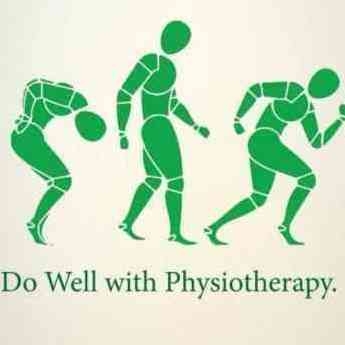+918042754929

This is your website preview.
Currently it only shows your basic business info. Start adding relevant business details such as description, images and products or services to gain your customers attention by using Boost 360 android app / iOS App / web portal.
SHOULDER, NECK, MIDDLE BACK, CHEST OR RIB PAIN? GASTROESOPHAGEAL REFLUX? LOW BLOOD OXYGEN LEVELS? BREATHING PROBLEMS? ⠀ THE THORACIC DIDAPHRAGM ⠀ [ANATOMY LESSON] ⠀ Diagnosis and treatment of the diaphragm is very important not only if you work with professional athletes - it is very important for every human being! ⠀ The diaphragm is the most important muscle of inhalation. It separates the thoracic cavity, containing the heart and lungs, from the abdominal cavity and performs an important function in respiration: as the diaphragm contracts, the volume of the thoracic cavity increases and air is drawn into the lungs. It has a lot of very important fascial connections to the sternum, the ribs, the thoracic/lumbar spine, to abdominal organs as well as to an other very important 🗝muscle in our body - the iliopsoas muscle , which can cause a lot of problems too! ⠀ There are three large openings in the diaphragm through which structures pass between the thorax and abdomen , the aortic, the esophageal and the caval opening/hiatus plus a series of smaller ones which are very important for blood circulation and lymph circulation. The diaphragm is also involved in non-respiratory functions, helping to expel vomit, feces and urine from the body by increasing intra-abdominal pressure and even preventing acid reflux by exerting pressure on the esophagus as it passes through the oesophageal hiatus. ⠀ The phrenic nerve (C3-5) keeps the diaphragm alive ⠀ Diaphragm muscle trigger points can lead to referred pain in the rib cage or shoulder . ⠀ If you are familiar with the anatomy and physiology of the diaphragm you will easily understand that it can cause spine or stomach problems, it can prevent injuries, increase endurance and even support recovery as this muscle is involved in breathing mechanism and blood circulation.

 +918042754929
+918042754929